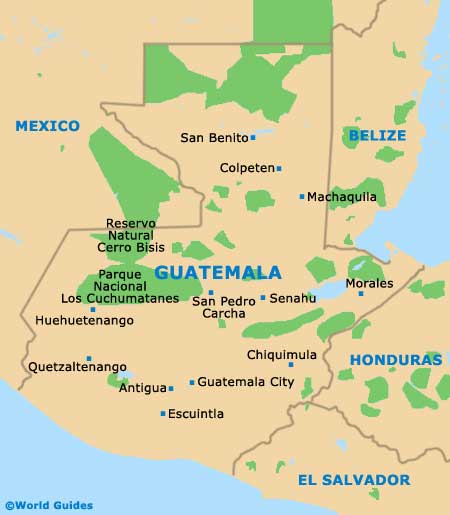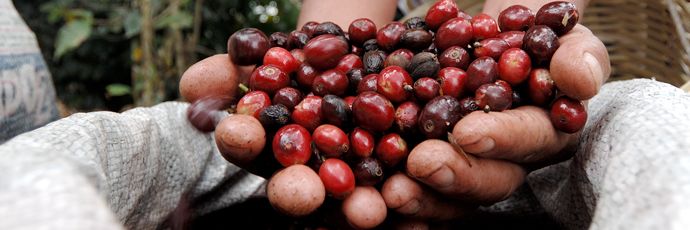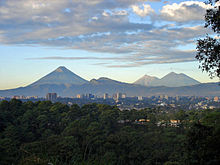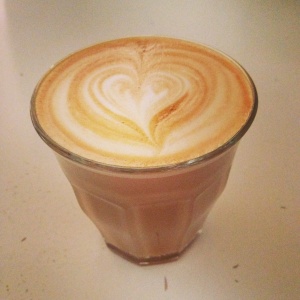Having recently published a post on generosity, how I came to brew some of this amazing coffee also fits that exact sentiment.
I was kindly given 100 grams or so of this coffee from the award-winning Elida Estate in Panama by current 2015 Queensland Barista Champion Adam Metelmann (Twitter, Instagram). To say I have been pretty lucky lately is somewhat of an understatement.
What follows is a little about this great region, farm and coffee, along with an attempt at describing how the best coffee I have had to date tasted in the cup.
The Region
The Boquete region of Panama is, according to Wikipedia: “in the green mountain highlands of Panama, in western-most Chiriquí Province, about 60 kilometres from the border with Costa Rica. Because of its elevation … its climate is cooler than that of the lowlands. Its scenic location, temperature, and natural environment make it popular with Panamanians and attracts tourists from all over the world”.
Lonely Planet calls it the Napa Valley of coffee(?!):
Boquete is known throughout Panama for its cool, fresh climate and pristine natural setting. Flowers, coffee, vegetables and citrus fruits flourish in Boquete’s rich soil
Onto the farm and coffee itself:
The Coffee
Elida Estate is of course located in the Boquete region of Panama, and lies in the shadow of the active Baru volcano (3475m). At 1700 – 2500m above sea level, it is the highest coffee farm in Panama.
Because of the high altitudes where the coffee is grown the beans are very dense and uniform and they are mild with a medium body, good aroma and high acidity. These estate coffees are considered among the best in the world.
The Lamastus family have been farming coffee in Panama since 1918, of whom three generations continue to run the farm (and nearby El Burro Estate) today.
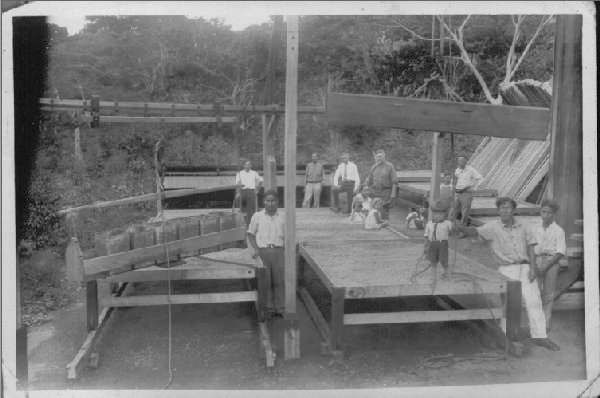
Sun drying in drying screens (bastidores) has been a Family Tradition. Robert Louis Lamastus (dark clothes, 4th from left) and Elida (sitting) owners of Elida Estate, picture taken in 1932. Image courtesy Boquete Coffee.
- Farm Name: Elida Estate Coffee
- Coffee Name: Elida Geisha Natural
- International Jury Cupping Score: 91.90
- Crop Year(s): March 2014
- Variety: Geisha
- Process: Natural
- Elevation: 1800m (farm up to 2,200m)
- Growing Region: Alto Quiel, Boquete
- Owner/Exporter/Mill: Lamastus Family
Information above courtesy Stoneworks Specialty Coffee Auction
An interesting detail on how the “green-tip” came to be, from Verve Coffee Roasters:
Verve’s green buyer, Colby Barr, determined that the coffee from the green-tipped plants produced a far superior cup compared to those of the bronze-tipped plants. Subsequently Thatcher Lamastus separated these premium beans, and by doing so, the advent of an entirely new cultivar.
I’d bet on the fact the “bronze-tip” wouldn’t be too bad in the cup either!
The Brew
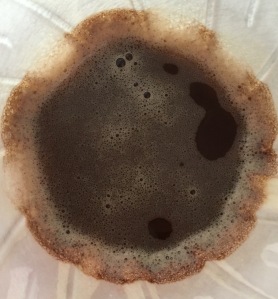 The coffee Adam so kindly provided me with was a filter roast, and as such I brewed through the Hario V60 drip filter. Although I have been writing these posts and sampling many different coffees over the past few years, the following probably isn’t as technically sound a description as you’d get elsewhere, however I think I’ll get the message across.
The coffee Adam so kindly provided me with was a filter roast, and as such I brewed through the Hario V60 drip filter. Although I have been writing these posts and sampling many different coffees over the past few years, the following probably isn’t as technically sound a description as you’d get elsewhere, however I think I’ll get the message across.
This is simply the best coffee I have ever had — bar none.
Opening the bag was like sticking my face into fresh fruit salad, let alone the aroma after grinding (complex fruit and berry notes).
In general, medium in body, with the complexity, richness and depth of flavour the first thing to stand out, yet maintaining a clean, crisp character at the same time. As for specific flavours, the most prominent in my limited range was pineapple, perhaps a little orangey citrus, with some smooth berry notes coming through as well.
If I compare it to some of the better coffees I have had in the past, probably the most noticeable aspect was in relation to the flavour change over time as the brew cooled. Most of the coffees I try routinely change as this occurs, some quite substantially. The green-tip? Not so much, and rather than peak in what is sometimes a fairly narrow range, maintained the same rich complex flavours all the way through — an absolute joy from start to finish.
The Finish
I think it is quite apparent how much I enjoyed this coffee, and remain thankful for the opportunity to have tried it. Reading a little about the farm and family, it is no surprise such high quality comes out of Elida Estate on a consistent basis.
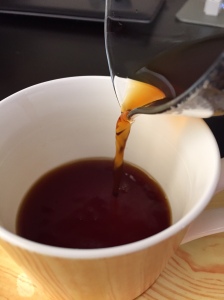 I’d highly recommend a little further reading for the full Elida Estate Story:
I’d highly recommend a little further reading for the full Elida Estate Story:
Best of Panama 2014 Grower Profile
Speciality Coffee Association of Panama Member Profile
With cupping underway in the Best of Panama 2015 at the time of writing, I am sure more fantastic coffee will be coming from the region — the only problem will be getting your hands on some.
A very special thank you to Adam Metelmann for generously providing me with both the opportunity to try this wonderful coffee, and happily sharing his knowledge about the farm and its owners. Adam can be found serving what I would consider the best coffee in Brisbane at Strauss in Elizabeth St in the CBD
Follow @petedenison
